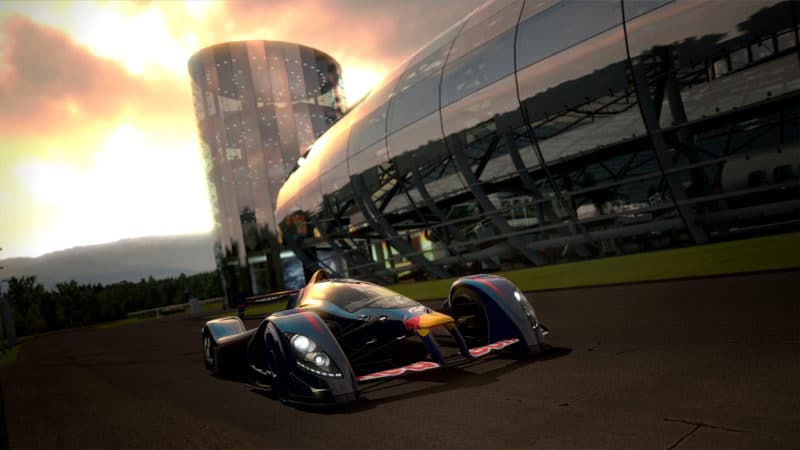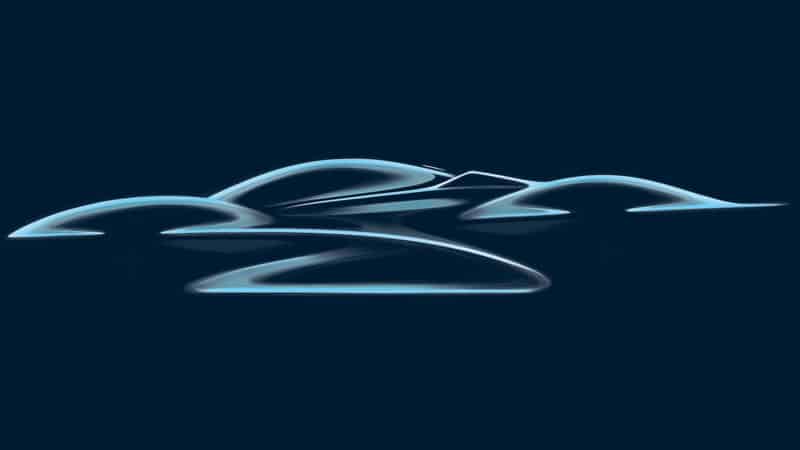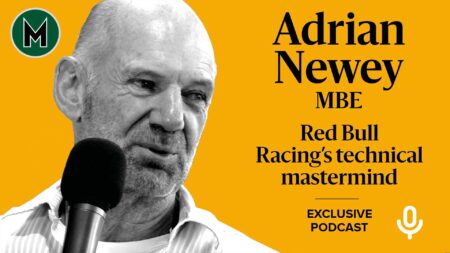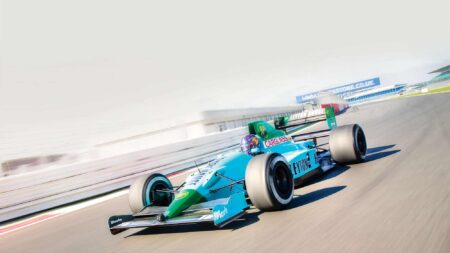Newey described the hypercar development almost as a passion project, admitting: “It’s stimulating — it’s something I probably put too many weekend hours into.
“Indeed, the first drawing of this car was actually in between Christmas of 2020 and New Year — Covid year, we couldn’t get out skiing so I used that time instead to start drawing this.”
Red Bull says that it plans to begin building the limited run of 50 RB17 cars in 2024, despite not yet confirming a supplier for the V8 powertrain, which will be twinned with a hybrid energy recovery system.
Its development schedule is tight, with the first prototype expected “within 12 months”. However, the RB17 programme is being likened to the accelerated design process of a Formula 1 car rather than the lengthy lead times of road car manufacturers.
An annual output of only 15 cars enables Red Bull to adapt its F1 production process for the hypercar, rather than setting up a brand new line, according to Newey. “It’s a slightly upscale production rate compared to what we already do in Formula 1,” he said.

Newey worked on the Red Bull X2010 for Gran Turismo 5
Red Bull
Max Verstappen and Sergio Perez will “for sure” be roped in to help develop the car, said team boss Christian Horner.
Full details of how the car will generate its “extreme” performance have not been revealed, but Newey spoke about the need to keep weight down and the ability to use technologies previously developed in F1. Side skirts would be among the features, he confirmed.
“Power is almost the easy bit nowadays”
Active suspension, which he perfected on the Williams FW14B in 1992, is likely to be be used — which would eliminate the risk of porpoising. Newey has plenty of other options, including his 1998 McLaren MP4/13’s brake-steer system, or the blown diffuser initially seen on the Red Bull RB6 in 2010.
Newey did not say whether the car would follow Gordon Murray’s T.50 supercar and the McMurtry Spéirling, the new Goodwood hillclimb record-holder, in using fans to generate downforce, when he described how he would achieve his performance targets.
“It’s as you might imagine, kind of useful tricks that I’ve learned over the years — performance enhancing technologies that have subsequently been banned — so let’s say reintroduced together with the approach to research and design that characterises a Formula 1 team.”



